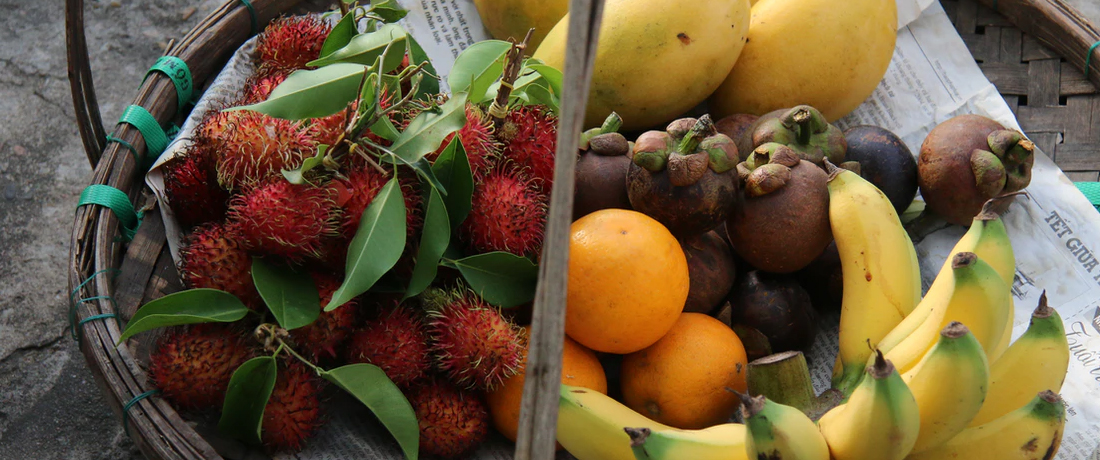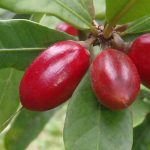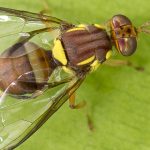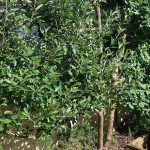
As summer approaches our taste buds tingle in anticipation of luscious mangoes and other tropical delights. What better than to grow your own? Don’t be put off by the fact that you live in Melbourne, it is possible to grow a range of tropical and subtropical fruit varieties down here. The key to success with tropical and subtropical fruit is finding or creating the right spot or microclimate in your garden that will provide a warm, frost-free environment for optimal growth, flowering and fruiting, as well as providing a well-drained but moist soil. There is nothing quite like the taste and smell of ripening tropical fruit in summer, why not give it a try?
Winter temperatures will determine if tropical and subtropical plants will survive, while summer temperatures and the number of growing days will determine growth and fruiting success. Most subtropical plants will survive temperatures as low as -1 degrees Celsius while tropical plants prefer the lowest temperature to remain between 4 and 10 degrees Celsius.
What is a microclimate?
A microclimate is the climate of a small or restricted area, in contrast with the climate of the surrounding area. The climate of a particular area is affected by many factors such as topography, soils and vegetation. Aspect (the orientation in relation to the sun) is also important to consider when planting crops.

There are many ways to create a warm microclimate on a suburban scale in your backyard. The air temperature can be increased by the use of thermal mass to absorb and store heat. A simple example of this is the warmth a north or east facing brick wall will absorb and then slowly radiate into the surrounding area. Citrus trees often do well when planted near a brick wall for this reason and, similarly, an avocado or custard apple will benefit. Paving, rock terraces or even gravel can have a warming effect on the air temperature in your garden.
It is important to prevent wind from removing the air once you have warmed it. Using dense plantings, fences and walls to block, or slow wind will ensure that the air temperature remains warmer for longer. Strategically planted deciduous trees have the advantage of allowing winter sun to penetrate into the area to warm the soil, while still reducing the impact of the wind.
Swimming pools, water tanks (as thermal mass) and ponds can also assist with the creation of a frost-free microclimate. Water will absorb heat and cool off slowly and also impact on the surrounding temperature through evaporation, increased humidity, and reflected light. Even a small pond can have a warming effect on the temperature of an area.
Of course an easy way to create a microclimate is by having a green house or similarly protective structure that can house tropical plants, protecting them from cold weather.





